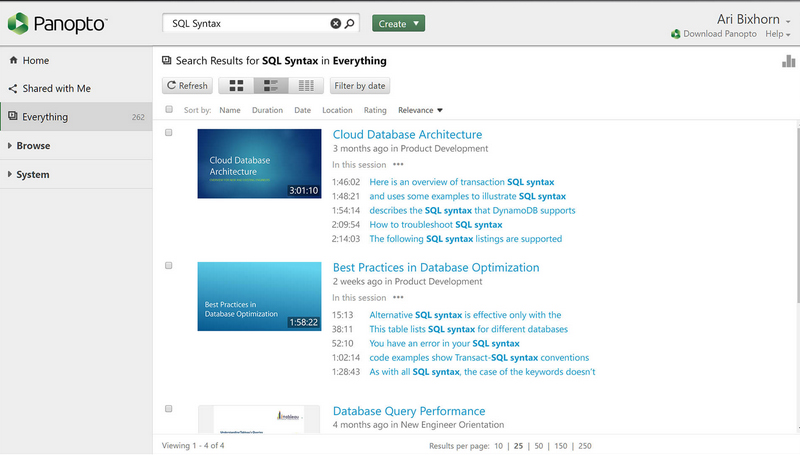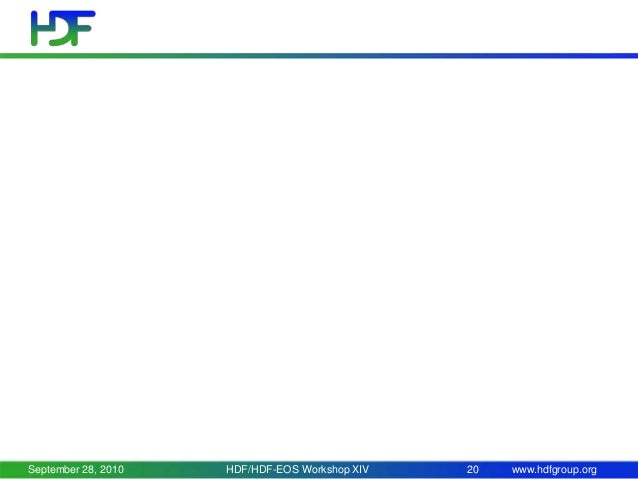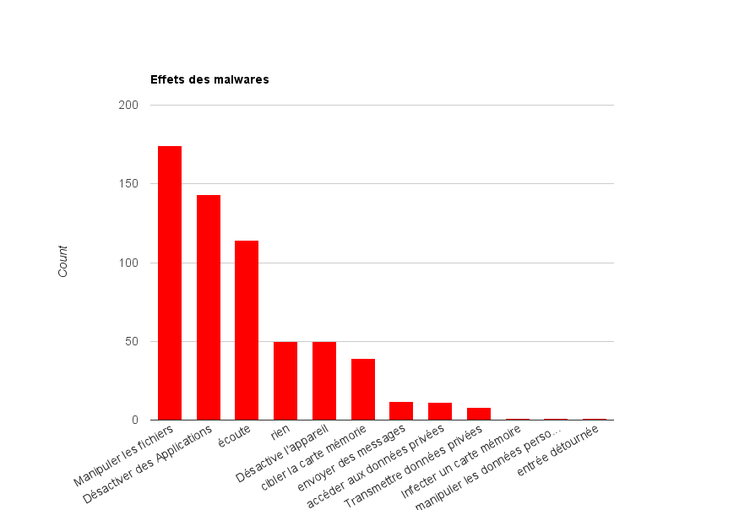Read Matlab Files In Idl Promotional Products
Writes 'I'm starting out in graduate school at the in and doing research on spin electronics. Results from this work have me searching for a Mac OS X plotting/graphing program for 2D data and there are many of them, but no useful comparison anywhere. What do you use? What do you recommend? My uses will include plotting, presentation, curve fit, trendline analysis, and more. I've looked briefly at:, (difficult to use, not very professional output), (site is down, cannot evaluate), (not very robust), (so far the best looking, but expensive), and (difficult to use, feels poorly ported).
So what works/doesn't work? And don't bother saying Excel.'

Grace, and it's former parent XMGR are ABSOLUTELY AWESOME for 2D plotting. They don't do stupid things like 'read in all your datasets and try to keep them in memory'. Spend some time making nice templates for your work, and then you can blast the plots out. I routinely plot datasets of 20-30MB with xmgr (and xmgrace) on Solaris and it works great. I have never tried the OSX version, but I'm sure it'll be just as good.
Gnuplot is nice, and does 3D plotting too, but like the poster says, it doesn't make publication quality plots. You don't state exactly what you're going to do with the graphs, but I assume at some stage they're for inclusion in reports. If so, use bell-labs.com. On that page is a specific section on formatting graphs with METAPOST. It is a bit more complicated than throwing them out of MATLAB (which is what I'd choose for looking at the results day to day), but I guarantee that it will look more 'professional', and well just plain better than any other method. And it is free. It also has the advantage of being based on Donald Knuth's work with METAFONT (itself work for TeX, which is essential for all maths/scientific publications) and it is what he uses for TAOCP.
That should be enough. I agree that Prism is the best combination of nice GUI, some decent linear and nonlinear analysis tools, and good ease of use. Its biggest liability is the fairly small number of graph types supported. I've tried most of the other ones listed here. The X-windows based programs are fine, I particularly like R, but Christ almighty it's irritating getting them working.
And besides, I want to use a.native. Mac (Aqua) application. The two best programs I know from the Windows world are SigmaPlot and Origin-the former irritating and quirky, but both have good analytic capabilities, and a huge number of 2- and 3-D graph types. I've contacted both companies, requesting Mac versions, and encourage anyone else interested to do so: h ttp://originlab.com/www/company/contact.asp B.
Dimension of a TIF file as “420x560x3” - Matlab to IDL. I am trying to use these images in another software, IDL, following: read Part 1 of this link However, when runs on IDL, it detects the dimensions as 3x420x560, and therefore generates a really weird image when I run the normalization. Do you have code for reading MODIS data into MATLAB, IDL, Python, or NCL? The HDF Group has example code for access and visualization of MODIS data in MATLAB, IDL, Python, and NCL. All Answers ( 7) If you have ArcGIS 9.3 you can use 'Extract Subdataset' in Data Management Toolset. 'Extract Subdataset' can open HDF files. You can use the H5PARSE function in IDL which stores your HDF5 file into a structured variable whose elements bear the names of the HDF attributes, and than access the bands you need.
Gnuplot is very versatile. I have used it for years in a professional environment. Actually, the main thing I use it for is importing graphs into Framemaker - I use the Gnuplot MIF file format output. I wrote some simple c programs and scripts that allow me to convert lots of files at once, and then just import them. Excellent quality vector formatted graphics that can be scaled and easily worked with.
I've also used them in presentations - save the Framemaker file as a PDF, and Adobe has a full screen option. No Powerpoint for me! I use gnuplot on MacOS X, but it didn't Just Work when I download-and-compiled it. I had to hack a couple pieces of code to disable it's broken NeXTStep drawing routines that it tries to use with MacOS X.
Once I got it working gnuplot has done everything I need. PNG output for web, eps output for embedding, ps output for ps2pdf. Don't bother with gnuplot's 'pdf' output mode. It depends on a very suckful PDF generation library (that stamps all your output with big 'demo mode' watermark crap). My dad uses IGOR and is very happy with it.
Of course, his employer bought it for him. I'm a physics student at UC Santa Cruz and I've been using the carbonized version of gnuplot for about a month now, and it's really well done. What's cool about it: 1st gnuplot looks good using OSX fonts, much better looking then i ever got out of a windows/linux box. 2nd you still use it from a console windows so all the commands are the same, as is the interface. 3rd You can save the graphs in the following image formats: PICT, MacPaint, PhotoShop, JPEG, PNG, SGI, Quicktime Image, TIFF, BMP 4th You can save graphs as quicktime movies, and show how a graph evolves over time.
5th you can still run it from the terminal using pgnuplot Physicsnerd. The carbonised version of gnuplot does work well. However, it is based on 3.7.1 which is getting on a bit now.
3.8 (the pre 4.0 version) has some very nice extra features including mouse interaction for zooming and 3d plot rotation. And some very nice surface mapping and image handling functions. I have had no problems building version 3.8 under OSX 10.2.4. The aqua term works fine but you only get the mouse interaction when running under X11 which also works perfectly well in my experience.
On a related point you can use gnuplot from within octave.org a matlab-like environment which is open source. This also works fine under OSX 10.2.4 and can make use of the VecLib BLAS and Lapack accelerate libraries under OSX - details on psu.edu. However, I must admit my preference is with r-project.org for data analysis outside of my own code (several others have already mentioned R) purely because of the wealth of statistical functionaility available. I would have to second this suggestion. If the original poster isn't going to be doing complicated statistical analysis or curve-fitting (I mean, is he just ramming a straight line through his data cloud, or is he into splines and whatnot), then it probably isn't worth his time to learn the syntax. If, on the other hand, he's going to be doing some real stats, then he should definitely investigate R as a solution. R is multi-platform, capable of producing graphs in a number of formats (eps, ps, pdf, png etc), can be run in batch mode (great for simulations) and can produce very pretty graphics.
There is no gui, so all fine tuning of the figures has to be done through the command line. However, it can handle immense data sets, supports mathematical text (meaning you can throw a complicated equation into your graph and have it come out with publication-quailty finish) and can do some colour, three-dimensional plotting. A wonderful piece of software that has been indispensible during my Ph. Hopefully the GUI thing will improve over time-there's a project called ObveRsive (or something like that) thats gotten started within the last few months to put, from what I can tell, Stata/DataDesk types of things over R.There's been a great deal of interest in that from time to time.
There's also at least one person working on more interactive forms of documents (read: widgets and data in your paper controlling live graphing surfaces) which could be used to build GUIs as well. You can find info about some of this cutting edge stuff over at and I think Until those arrive there's also Sweave (its in the tools package that ships), which while not really a GUI lets you combine LaTeX and R noweb style to generate some quite nice ps/pdf output (it deals with making sure the appropriate PDF or EPS files are around and whatnot). Or RWeb which lets you build CGI based interfaces to R (complete with graphs), though performance isn't exactly stellar (R has a pretty heavy launch penalty relative to most computational tasks). I love igor and have used it for 12 years now. It's matrix format is clumsy compared to R or Matlab.
How To Write Idl File
But for line plotting and data analysis I really like it. Its script language is VERY fast (around half as fast as C) compared to say Matlab. The best part is that it is both GUI and command line so you have the best of both worlds. And its easy to come back to after you set it aside for a while (use the gui till you remember the commands). The on-line help is quite helpful too.
The next best thing is the ability to save and restore your entire state (plots, command history, variable and array contents, scripts, notes. Well everything) in a compact single file that is crossplatform with windows and macs. Finally it is very mac like in the way it works. I find this very nice.
Other sci programs are good but dont act mac-like. But my most favorite aspect is that this software is written by physicists and statistical quantum optics people. When you tell them what your are doing they sometimes actually get interested in it and will write you a special piece of code to do it. The worst part of IGOR is that it is now so old, there are lots of options on every command rather than a consistent interface. So its becomeing a little less mac-like with time. This actually is fine for unix minded folks but confusing for many mac people.
I hate reading man pages I like things that are intuitive. Personally I use pro Fit or R, depending on the circumstances. Pro Fit is very nice and gives professional looking output, it is inexpensive (though not free), and is fairly easy to use for most tasks. It will also do curve fitting and other nice things through an easy-to-use graphical interface. R is a statistical package which works fairly well for most plotting needs, though I have found it to be a little more obnoxious to use than pro Fit and much much more difficult to configure to get it to plot things the way you want (at least until you get familiar with the commands-it is a command line package).
OTOH, it will do statistical analysis and such niceties as principle component analysis on your data. I am still using CA-CricketGraph III which is probably the best all-around graphing program ever made. The problem is that its been several years since it's been supported. It runs just fine in the classic environment of OS X so there is no real pressure to switch. I'm not the only one, a lot of people at my university are still using CricketGraph. Eventually, I do plan to get someting else.
GraphPad Prism, as mentioned elsewhere in this topic, is probably the most likely replacement. I have also tried Kaleidagraph and ProFit and they're not bad.
I would like to use someting like Gnuplot which I know is open and will be around forever but It just isn't easy to use yet. I think the secret there would be to develop some spreadsheet macros to output data in Gnuplot's ASCII based file format but I have not had time to research this possibility and try it out.
In 'The Visual Presentation of Quantitative Information,' Edward Tufte makes a large number of specific suggestions for ways to make graphs more informative by increasing the proportion of 'data ink.' Conceptually, he suggests trying to erase every bit of ink that doesn't represent data. More concretely, his book is replete with suggestions that produce graphs that are beautiful, easy to comprehend-and slightly unconventional.
For example, he proposes doing away with standard evenly graduated axes. Basically he suggests that each point on the graph should have an individual tick on the axis labelled with its exact value-and skip the round-numbered ticks (10, 20, 30). Of course this doesn't work if there are too many data points, but it is astonishing how many real-world graphs do NOT have too many.

Has anyone seen software on any platform that aims to implement Tufte's approach? (Excel and friends have gone in exactly the opposite direction, of course. Tufte is vitriolic in his distaste for idiocy such as taking a single data point and illustrating it as a three-dimensional solid bar.). I am a grad student in chemistry and I recently bought Mathematica 4.2 for students. It is only $139.95 and very very powerful. The help browser is very unstable.
I make sure I have everything saved before opening the help browser, cause there's a good chance that everything is gonna get waxed. I use Mathematica every day now, but when I want a quick 2D plot, and want it to look good, I use Graph-O-Matic.
It is inexpensive shareware, but it is still pretty flexible. I like that I don't have to remember any syntax for getting the axes to scale, etc. Almost everything is point and click with the mouse.

Another great thing about graph-o-matic is that it uses Quartz rendering and the plot are all anti-aliased. They look great. And you can grab the plot with the cursor and drag around to change views. Graph-O-Matic is very simple and very limited, but it is also very cool. Check it out! The best have been mentioned.
A couple not mentioned include:. hawaii.edu Which is a command line driven set of plotting tools that excell in plotting data on a map.
There are some GUI's based upon this. The best I have seen for mapping. ocgy.ubc.ca Also does mapping plots, but from Matlab.
gnome.org. sourceforge.net. opennumerics.org Simple real time plotting. pdx.edu Also very simple real time plotter. sourceforge.net Python based plotter.
sourceforge.net Python based plotter. ocean.dal.ca Perl based plotter. I don't know if some of these are MacOS compatible or not. They are Unix compatible though. Very solid program that is cross-platform, and done by a company that's been on the Mac for years and likes the Mac. Other cross-platform alternatives are done by companies that are PC-centric and port to the Mac.
(Usually either late or non-Macish ports.) Igor is more expensive than (just) graphing programs, since it is a full-blown scientific analysis program with scripting and real-time data acquisition capabilities. So it lets you manipulate and analyze data, then gives you nice graphs that are highly customizable. A big plus you won't see on any comparison chart is the email list.
Totally professional and helpful with the highest signal-to-noise ratio of any list I've seen. I used to have fairly good luck getting managers to approve purchases of graphic packages. But ever since Excel came out, the answer has always been 'Why do you need that? Excel does graphs.' Worse yet, I usually CAN get Excel to produce the graphs I need-after hours of struggling, trickery, hand-creating special data series, fussing with the fact that the charts are made of rubber and aren't any particular size-no problem unless you want a set of charts that are consistent with each other-can't get decent graduations on a logarithmic axis, etc. Anyone have any tips on how to QUICKLY convince a manager that you have a credible, specific need that Excel can't handle?
I've used many of these programs and the choice depends on your goals, more or less in order of increasing complexity and expense: mathpad: interactive exploratory calculations and simple 2d/3d plotting; unique nonprocedural programming language. Kaleidagraph, pro Fit, IGOR: add flexible user-defined fitting procedures for interpretation of data plots. Some procedural scripting or programming capability. IDL or MATLAB: add highly capable numerical calculations, data analysis and plotting for batch processing of large volumes of data in a uniform way. One question I'm considering: does something like OpenDX provide open source competition for the likes of MATLAB or IDL? So, who's interested in a Cocoa graphing package with some analysis features? My company has considered doing it for a while, and we could use some feedback.
It'd be relatively cheap (targeted mainly at students), and place a lot of emphasis on making graphs that are actually presentable (unlike the ugly garbage that comes out of Microsoft Office applications). Drop me a line on what you think- you can figure out how to deobfuscate the address /. Feature requests, ideas, acceptable pricing range.anything.
'I'm starting out in graduate school at the UW in Materials Science and Engineering and doing research on spin electronics. You'll find that most of the oxide electronics crowd (spintronics, ferroelectrics, etc.; the folks you'll be running with) uses Kaleidagraph. It's NOT the best port, I agree, but you DO have control over EVERYTHING once you get a feel for the software. You can also set up templates for commonly-used plots (like the theta-2 theta plots I'll bet you'll be doing a lot of). And, since it's what everybody else uses, you'll be able to exchange plots easily with collaborators for those last-minute additions to conference talks!
I have never read of any bios update for a wireless network device? I would definetly question that? 